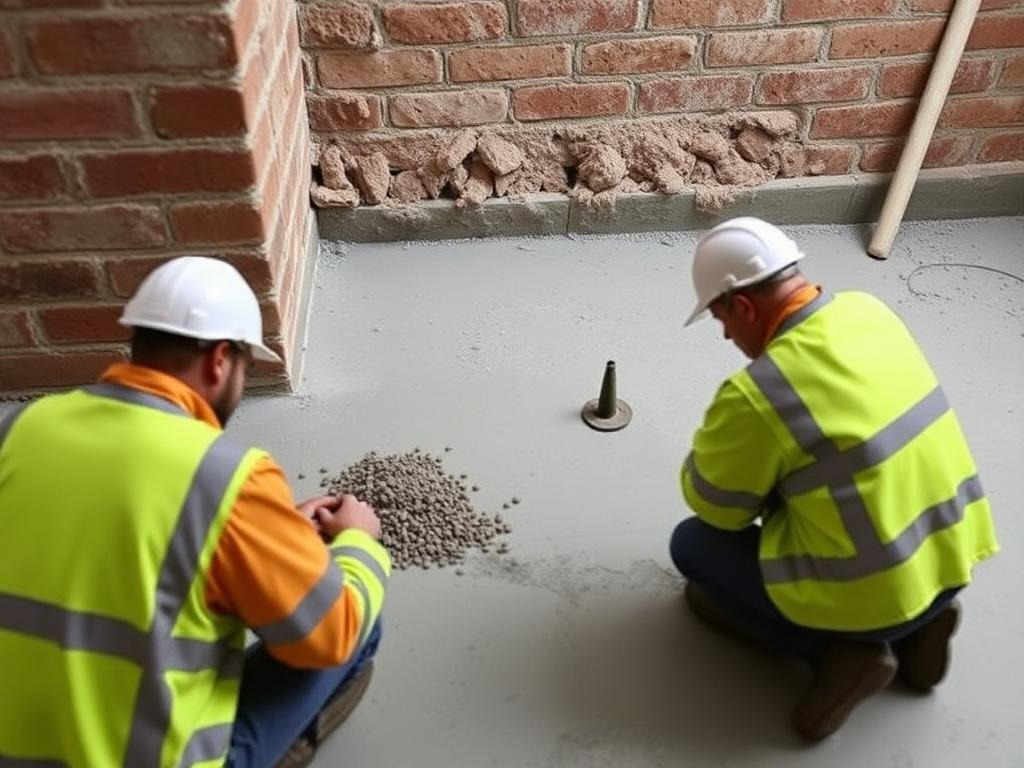A failed ragid is a bit the nightmare of all those who love toilize and bring their interiors back to life. This thin layer that aims to correct the defects of a ground can sometimes turn into a real headache. Whether it is bubbles, cracks, bad leveling or taken in the absence, the problems that may arise are numerous and frustrating. But everything is not lost, far from! There are effective and aesthetic solutions to compensate for a failed ragid and transform what seemed to be a mistake into a real personalization opportunity.
Ragrée is often necessary before placing a new floors cover, whether tiles, parquets or other types of soil. The problem is that once missed, the solutions sometimes seem complex and the disillusionment can be established. But with a good approach, some quality products and a touch of patience, not only will you be able to solve the problem, but also to rethink your space by bringing a touch of originality. Whether it is to use lime patches, cemetery or other ecological products, the goal is to be successful. Biologment It offers precisely a range of Eco -sensible products that will allow you to remedy a failed ragid while it brings an impeccable finish. In this article, we will explore the various techniques that allow you to compensate for a failed Ragid, the common errors to avoid and products adapted at any case, so that you can find perfect and durable soil.
Understand the common mistakes of a failed ragid
Frequent causes of bankruptcy
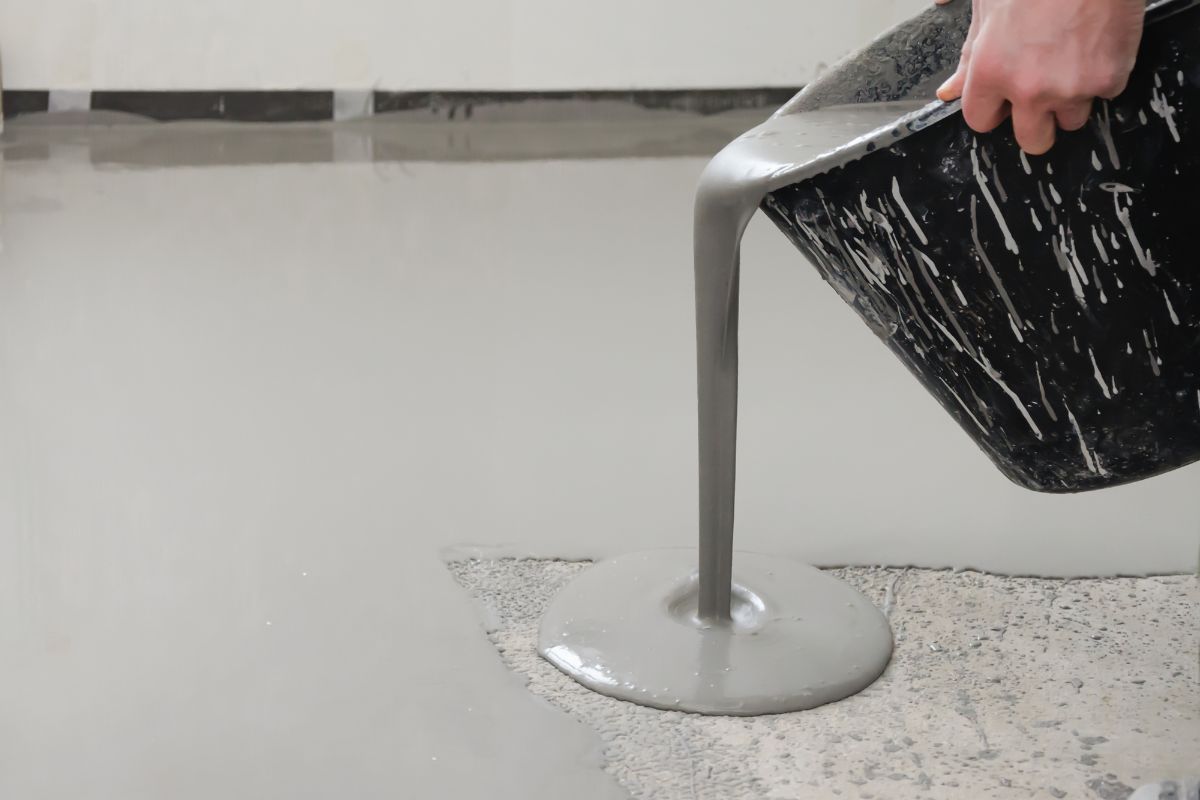
A failed Ragid often finds its origin in errors which, although first insignificant, can have important consequences on the final rendering. Among the most common errors, there is insufficient preparation of the support. When the support has not been adequately clean, sprinkled or did not benefit from a primary hanging primary, the grid of the ragid is compromised and the cracks can appear very quickly.
Another error is not to respect the dosages recommended by the producer of Ragréage's mortar. Too much water and the mixture become fluid, which makes it fragile and subject to cracks once dry. Not enough water and the mortar becomes difficult to spread and leaves irregularities on the ground. Finally, a poor application can cause bubbles or holes on the surface and this type of defects is very difficult to correct without starting everything again.
Identify the signs of failed Ragid
It is essential to quickly identify the signs of a failed ragid to act without delay. The apparent cracks are often the first clue. Generally they appear when the support is too dry or too wet during installation or when temperature variations occurred during drying. The air bubbles are also a typical sign of a failed spine. These bubbles appear when the ragid mortar is poorly extended or when the trapped air has not had the opportunity to escape. This can also be the result of unprecedented support or an excess ragid product.
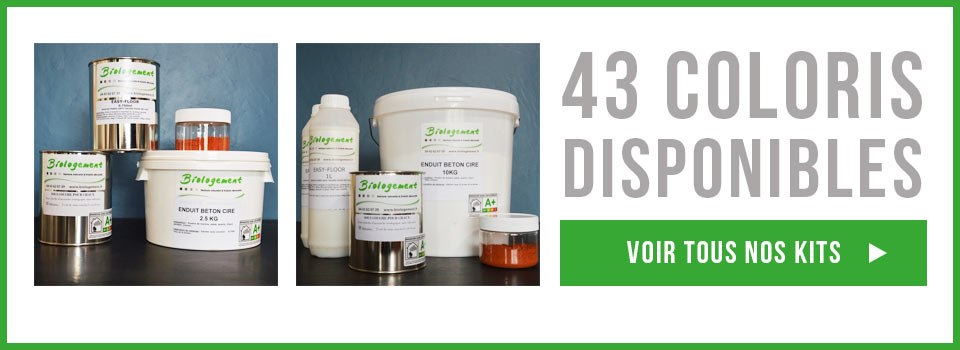
Options to correct a ragid faulty
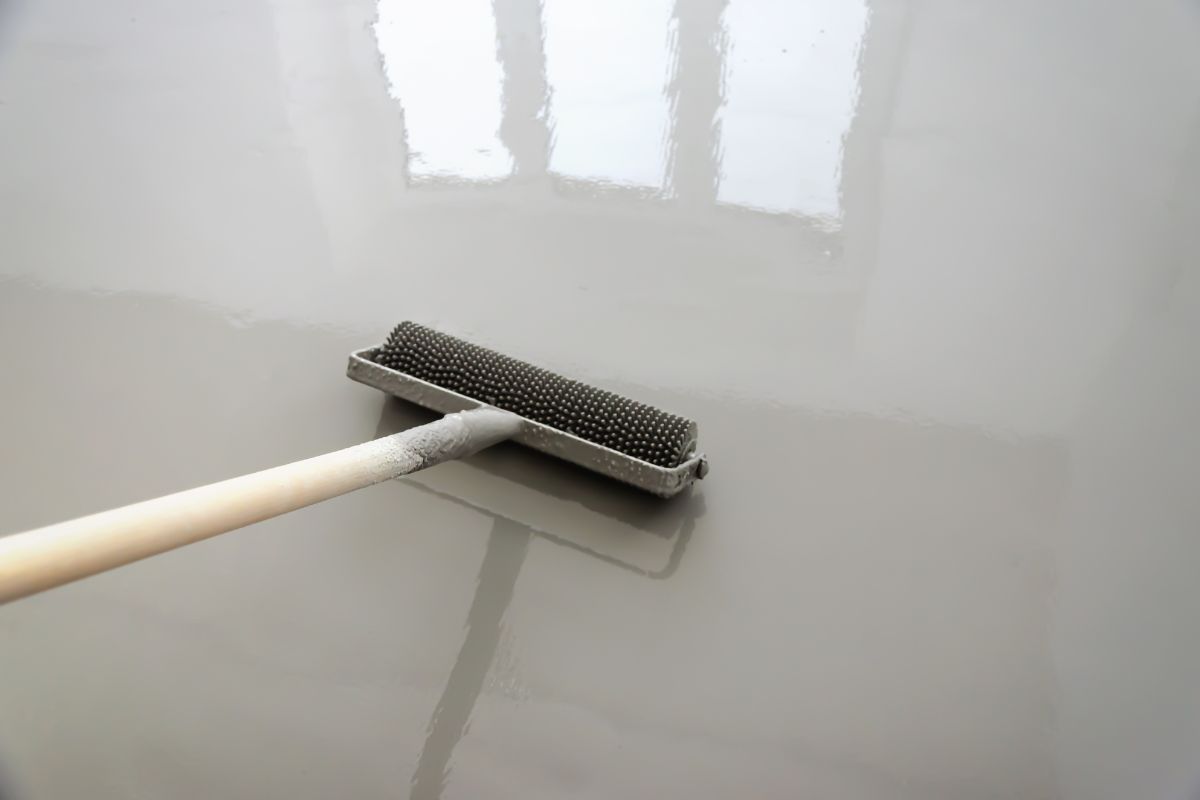
Start again
When a School is really lost, starting again it can be the most radical but also more effective option. This entails the removal of the existing spine, whether sanding or mechanical demolition. Once this step is made, the preparation of the soil becomes crucial. It is therefore essential to clean well and degrease the support, equal the level differences and make sure it is dry before starting again. The application of a toll primary also becomes an essential step to ensure the correct adhesion of the new mortar.
During this new application, do not hesitate to work in small sections to ensure uniform leveling. The dosage of the water must be adjusted to the nearest milliliter to obtain a balanced mixture. The work must be done at an ambient temperature stable and outside the air currents. Repeat a ragid requires time and precision, but it is the safest solution to obtain a soil
 Perfectly flat.
Perfectly flat.
Use a correction coating: Welvy Biolo -Starage Cemento
Another option to repair a failed ragid without starting everything is to opt for a corrective coating like the cemetery. Cemetery, especially that of BiologmentIt allows you to keep up with the defects while bringing a touch of elegance and customization to your floors. It is able to hide the cracks and standardize the surface thanks to its application of fine layer. It also has the advantage of being resistant, wear -resistant and adapts to all rooms in the house, including bathrooms and kitchens.
To apply the concrete concrete, it is important to carefully prepare the surface by slightly smooth the existing spools to ensure that concrete adheres correctly. Therefore, it is necessary to apply a specific primary to promote hanging. The application is then performed in different thin layers to obtain a smooth and elegant effect. Cerato cement not only corrects errors, but also to offer a modern and minimalist aesthetic.
Take into account the eco -sensitive aspect
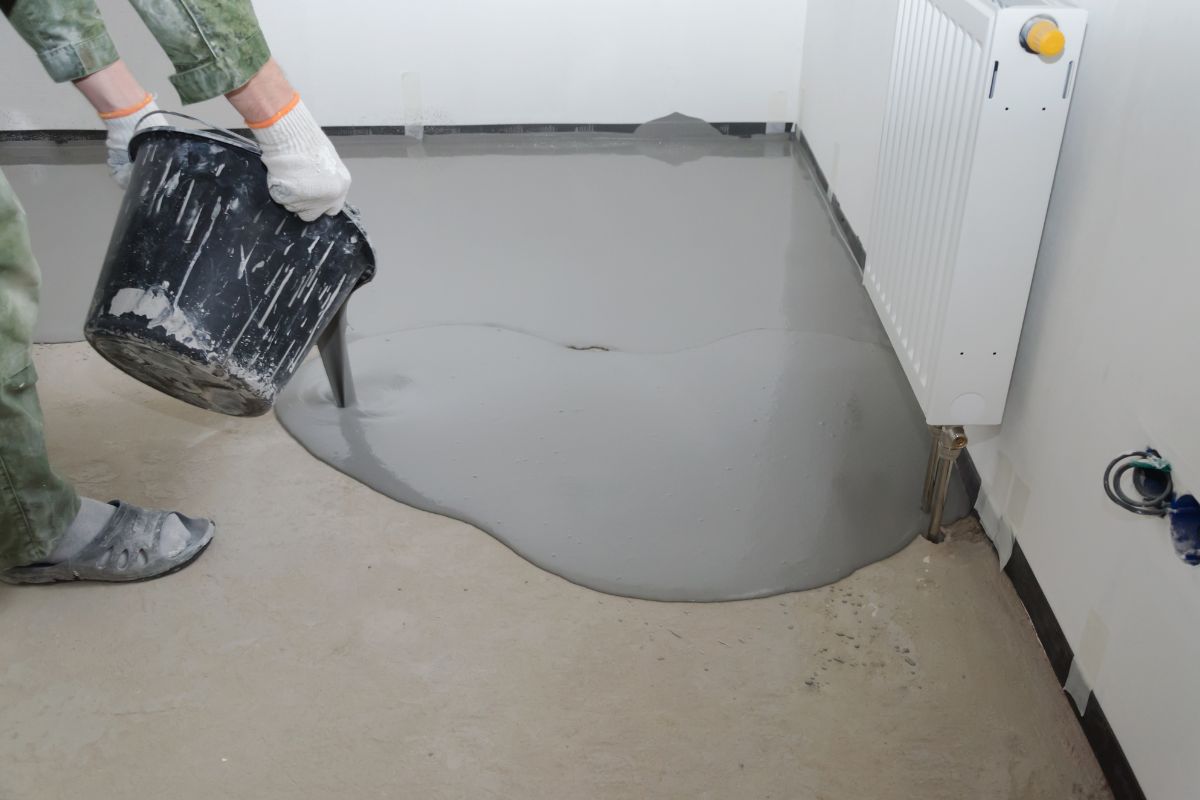
Opt for eco -seable products
A failed ragid is an opportunity to rethink the echo aspect of your renovation work. Many products available on the market, such as those offered by BiologmentThey are designed to minimize the environmental impact by offering optimal quality. One of these products. By constituting an excellent alternative to conventional coatings, it is often composed of natural materials that do not emit harmful volatile organic compounds. In addition, lime patches represent another interesting option, ideal for those who want breathable and ecological products.
Obbuelli for eco -responsible solutions allows you to reconcile quality, aesthetics and respect for the environment. This choice also has positive repercussions on internal air quality, since natural products do not reject toxins. And beyond the practical aspect, it is also a way to integrate a long -lasting size in your FAI -Da -te projects.
Enhances the versatility of the lack of lime
Lime cracks, also available on BiologmentIt represents a precious solution for those who try to repair a failed ragid. Their application is relatively simple and their effect is both aesthetic and functional. The lime is known for its breathable properties, which avoids humidity problems and guarantee a certain longevity to the coating. In addition, it allows you to create a homogeneous and pleasant surface, while offering an authentic rendering that adapts perfectly to a natural environment.
The implementation of a lime patch does not imply the same preparation of a garage made with conventional mortar. It is made in several thin layers and offers a smooth and breathable rendering. It is a particular but very rewarding choice for those who try to transform their interiors with quality materials. By opting for the lime, it also avoids the use of chemicals often present in the conventional resins and finishes, promoting a healthier approach.
Tips to prevent errors during Ragid
Prepare the support well
The preparation of the support is a key step, which should never be neglected to ensure the success of a ragido. A clean and dry and free support from dust is the sine qua to do this, use a vacuum cleaner to remove all impurities, then apply a toll primary that will promote the adhesion of the mortar to the support.
The regularization of the surface is also essential. If the floor has bumps or cavities, do not hesitate to correct them before moving on to Ragid. This will avoid visible irregularities after installation and will guarantee you a perfect rendering. It is also advisable to slightly moisten the support (without excess) in order to prevent too quickly absorbing water by the support, which could damage the good drying of the mortar.
Choose the right tools
The use of appropriate tools is essential to ensure the quality of your Ragid. A good quality taloche will allow you to extend the homogeneous mortar and a rule will help you control the planarity of the surface. The tools must be cleaned, because the slightest particle of dust or dry dead can compromise the ragid finish.
I also favor the use of a mechanical mixer to prepare the mortar. This step avoids lumps and guarantees a homogeneous mixture. A well -prepared mortar is the basis of a successful Sper, so don't jump this step, however technical.

An opportunity to repair
Use Ragid missing as the basis of a decorative project
A failed ragid does not necessarily mean the end of the world for your land. On the contrary, this can be an opportunity to explore new decorative ideas. Opting for a coating such as the cemetery or the deficient of the lime of BiologmentYou can transform a technical error into a large aesthetic resource. The cemetery, for example, offers contemporary and sober rendering, perfect for those who are looking for an industrial or minimalist atmosphere in their home.
The lacks of lime bring a warm and authentic touch. The use of a failed ragid as a base allows you to explore different techniques and exit the beaten track. What seemed to be a failure can therefore become the basis of an innovative and original decorative project.
Highlights the originality of the repair
If you have chosen to repair your Ragid with an eco -sensitive product, it is also an opportunity to highlight this dimension inside. Natural materials have their charm, bring a different plot and an authentic color that cannot be imitated by industrial products. Evaluating this choice is also telling a story: that of your involvement in a more sustainable and ethical approach to FA -DA -DE -TE.
Choose a product such as cemetery or lime Biologment Give your spaces an undeniable added value. You are not just to correct an error, create something beautiful, unique and carrier. It is this type of approach that allows you to exploit a failure and transform it into a true aesthetic and personal success.
A failed ragid is not the end of the project. On the contrary, it is often the perfect opportunity to revisit your choices, adopt a more responsible approach and use products such as celed or lime concrete candles Biologment. With patience and adapted techniques, not only can you correct the errors of the past, but also transform your interiors into a single space full of charm.

